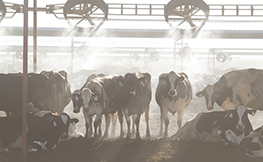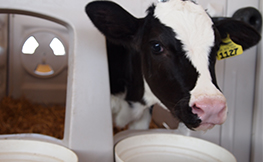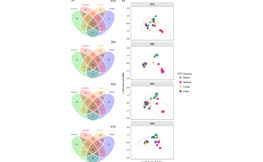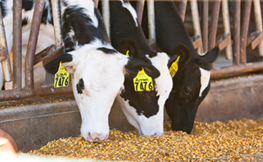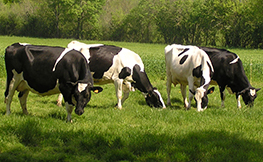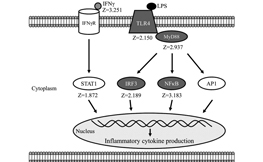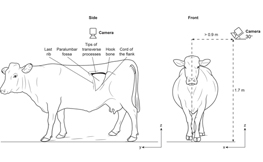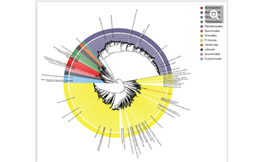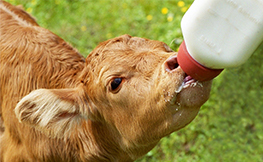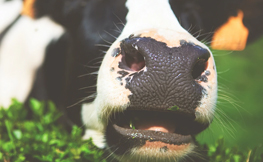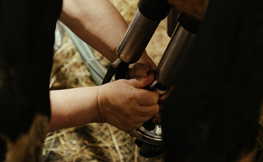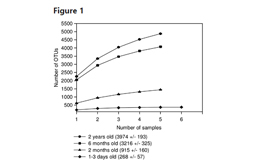Rumen Health Technical Guide
Leading ruminant experts have written the Rumen Health Technical Guide. This resource is free to veterinarians, nutritionists and producers, request a copy today.
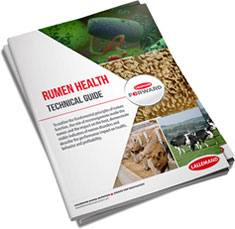 Get a copy
Get a copy
Lower Gut Health: Example of Bovine Respiratory Disease
Impaired Ruminant Lower Gut Health may lead to Health Issues: Example of Bovine Respiratory Disease
It is known that the impact of poor ruminant lower gut balance can extend beyond the ruminant digestive system and can represent a major area of susceptibility to infectious pathologies affecting ruminants. One such health disorder is bovine respiratory disease (BRD). Impaired lower gut health can be characterized by a ruminant lower gut microbiotaGlossaryView allMicrobiota
A microbiota is the whole of the ecosystem (bacteria, yeast, fungi and viruses) living in a specific environment. Intestinal microbiota was previously called “intestinal flora.” imbalance and a permeable lower gut epithelium barrier.
How can poor ruminant lower gut health be connected to bovine respiratory disease?
Bovine respiratory disease is responsible for up to 80% of morbidity cases and 45-75% incidences of mortality in some feedlots (BCRC, 2024). A pathogenic agent can enter the ruminant’s body and initiate the disease development process. Three factors, linked together in a triangle, contribute to the onset of the respiratory troubles: the presence and virulence of infectious agents (virus, bacteria), host susceptibility (such as ruminant digestive system imbalance, poor immune status, etc.) and the environment and herd management (poor vaccination, long transportation, heat stress, etc.). Even in the event of contact with pathogens, in the absence of the other two factors involved in the epidemiological triangle below, the host’s immune system should be able to eliminate the agent and help mitigate disease progression (Rahal A. et al., 2014).
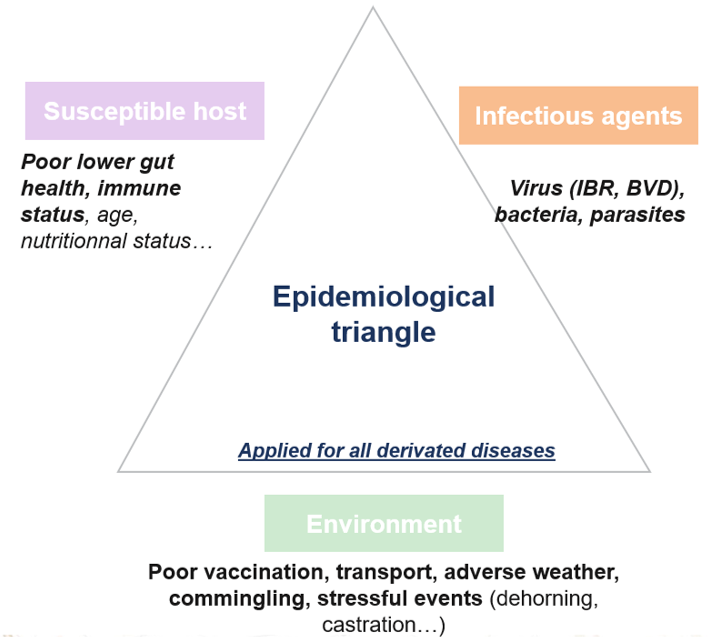
- An animal with poor ruminant lower gut health, or a poorly functioning immune system, is more vulnerable to infectious agents and thus to diseases such as bovine respiratory disease. Gut health and immunity can be positively influenced, unlike age or genetics, which are also susceptibility factors (BCRC, 2024).
- Combined with disorders of the ruminant digestive system, the ruminant’s environment and associated stress factors can significantly increase the risk factors for developing bovine respiratory disease (BCRC, 2024).
- Encounters with infectious agents is the third element required to trigger bovine respiratory disease in ruminants (BCRC, 2024).
What role does the ruminant lower gut microbiotaGlossaryView allMicrobiota
A microbiota is the whole of the ecosystem (bacteria, yeast, fungi and viruses) living in a specific environment. Intestinal microbiota was previously called “intestinal flora.” play in helping to reduce the risk of bovine respiratory disease?
Several studies have demonstrated that strengthening the ruminant digestive system microbiota can help reduce the risk of bovine respiratory disease through communication along the microbiota-gut-lung axis (Welch C.B. et al., 2022).
Among the mechanisms involved, the passage into the systemic circulation via the blood and lymphatic system of metabolites from the ruminant lower gut microbiota, such as short-chain fatty acids (SCFAs), enable the regulation of immune and inflammatory responses in the lungs, and thus can help reduce the risk of respiratory diseases to occur (Chunxi L. et al., 2020).
In addition, specific microbiota profiles, inherited before weaning from the dam’s fecal, vaginal and nasal microbiota, are linked to a higher risk of developing respiratory diseases in calves (Uddin M.S. et al., 2024). Orienting the gut microbiota of cows can have a positive effect on that of calves.
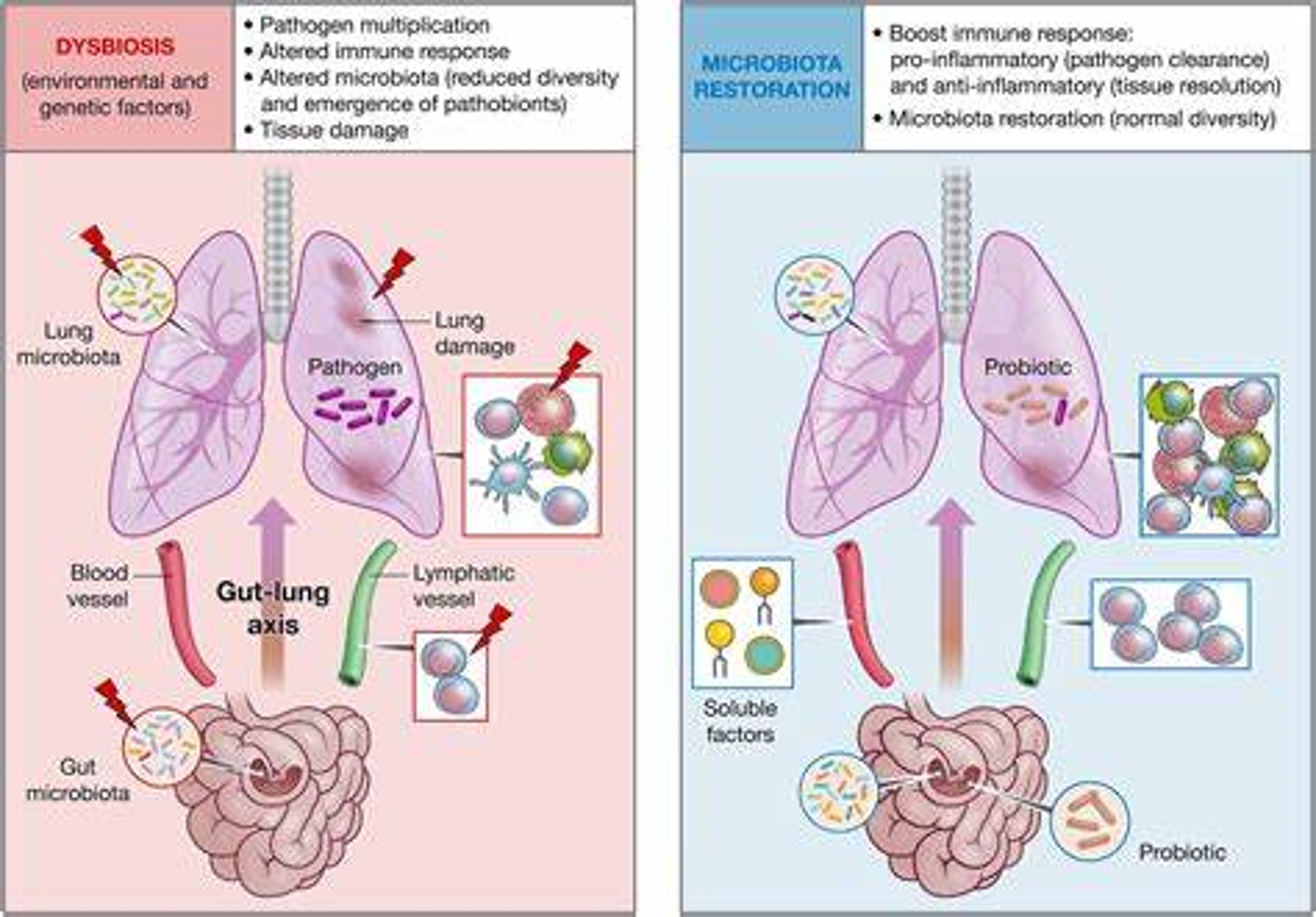
There is growing evidence that probiotics, by optimizing the balance in the ruminant lower gut microbiota, can help maintain animal at their best, which translates into protective effects against respiratory diseases (Chunxi L. et al., 2020). If you’d like to learn more about the management of the lower gut microbiota, click here.
